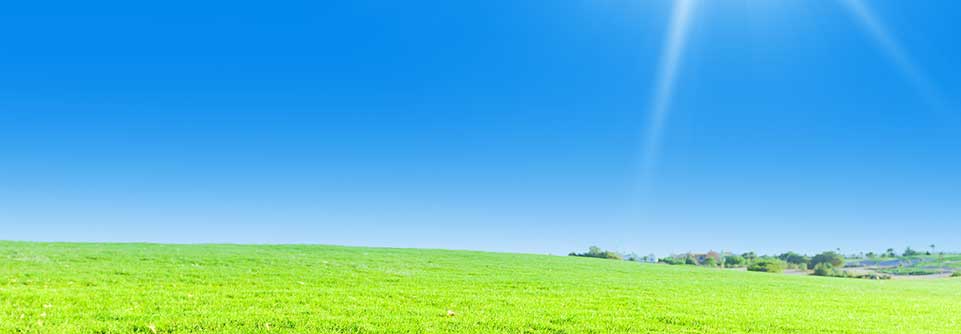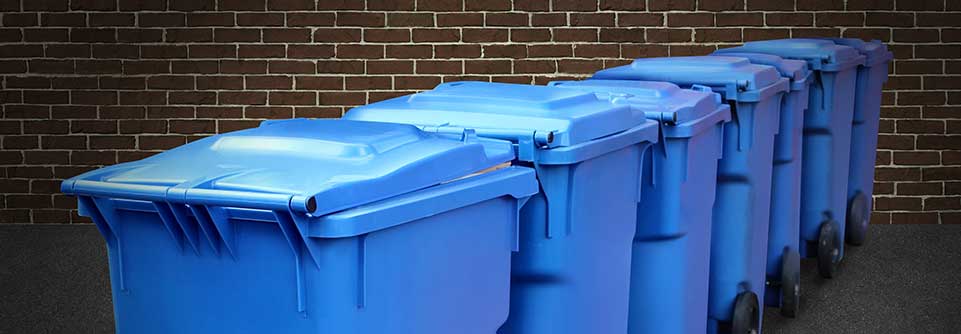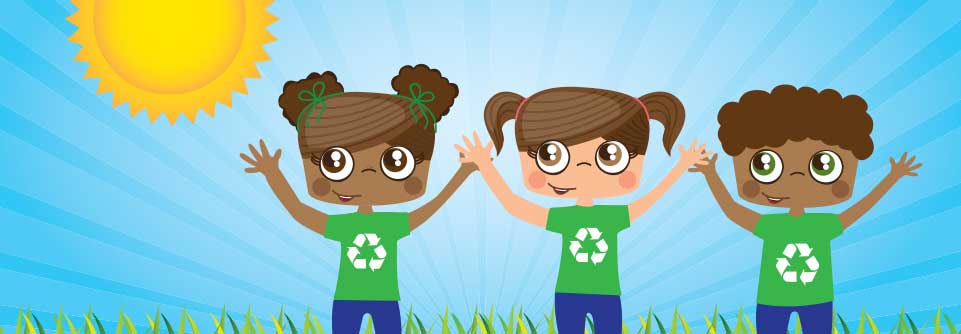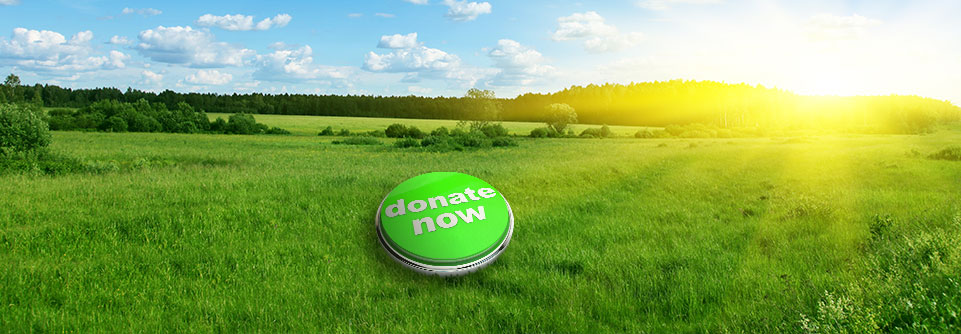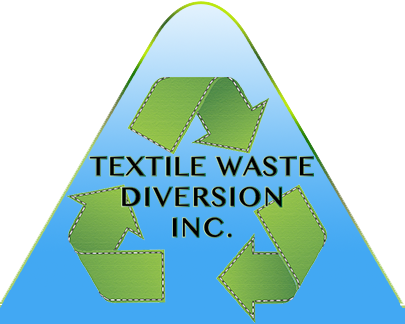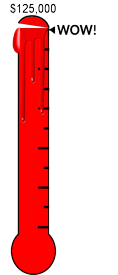
Thanks to your support in 2020, we were able to donate $125,000 to Canadian registered charities.
TWD and Corporate Social Responsibility
by Textile Waste Diversion Inc.
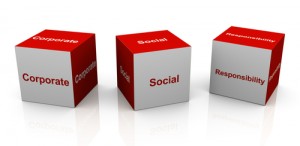 Corporate Social Responsibility, or CSR, is an evolution in the business consciousness of the global market we are now living in. As the general public becomes more aware and more connected across the globe, its not so easy to brush off corporate failings, like we saw with the outrage over the textile tragedy of Bangladesh.
Corporate Social Responsibility, or CSR, is an evolution in the business consciousness of the global market we are now living in. As the general public becomes more aware and more connected across the globe, its not so easy to brush off corporate failings, like we saw with the outrage over the textile tragedy of Bangladesh.
As such, socially responsible corporations are now at a significant competitive advantage. Being community-driven has become good for business because it’s the morally responsible thing to do, and it feels good.
In order to evolve with the times gracefully and joyfully, it is imperative that executives reframe their view of success. In this emerging green economy, profitability, although still a goal, is no longer defined by a financial number alone. Positive social and environmental impact is just as important. As long as the board room is consumed with the idea of having a bigger monetary number at the bottom line than anyone else, the shift to greener practices will feel like a money pit.
We reframed our perception of green investment by asking this question:
“What does winning mean?”
TWD’s President sat us down one day and said,
“When I die, what will people say about me? There’s a guy that drove a nice car and paid his mortgage on time. I cannot believe that my life will only be worth some random number in a bank account. There has to be more in this business than just a profit, otherwise I’d be bored. I might as well just retire. It has to mean something.”
Return on Investment
From that moment on, we stopped looking at profit with a ‘more is better’ attitude. Instead, we came up with a profit goal that was enough for us to feel safe and allow us to grow. Any profit substantially beyond that is seen as unnecessary and therefore is reinvested in a community-driven way.
Our ROI is calculated in employee and consumer satisfaction, pounds of waste diverted from landfill, funds raised for charity, employee and business development advancements and positive public recognition.
Are we still fiscally responsible and eager to meet our profit goal? Absolutely, but that profit goal has changed. It’s less about margin, and more about impact.
If you ask our President, he would bluntly say: “I have a comfortable house and decent car. I work too much to take many vacations, so what do I need more money for? To leave to my kids? They can have the business and make their own damned money!”
TWD Inc. rates its success by how many living wage jobs we are able to create, how much textile waste we divert, how much we are advancing the industry, and how well we are educating the public. Profitability ensures longevity, so we certainly budget wisely, but its all the value added impact we create, that gives all of us, from driver to President the inspiration to be greater.
Value added attributes of CSR are far more motivating for everyone, than just a number sitting in a bank account.
